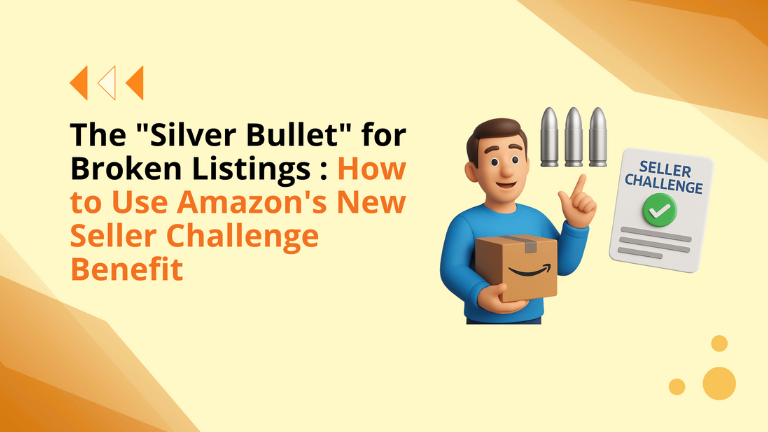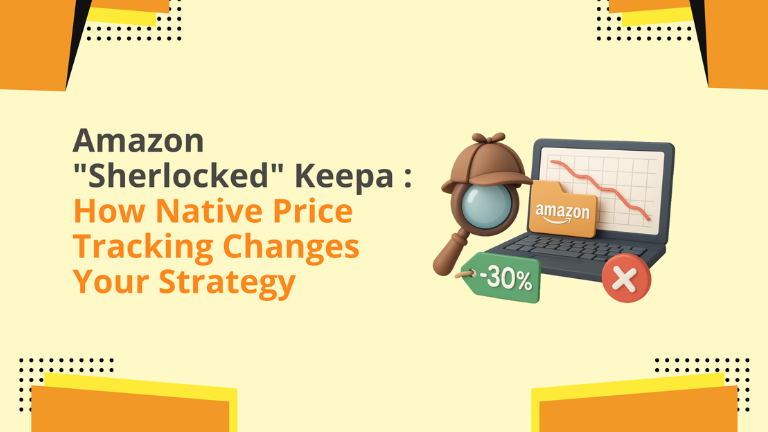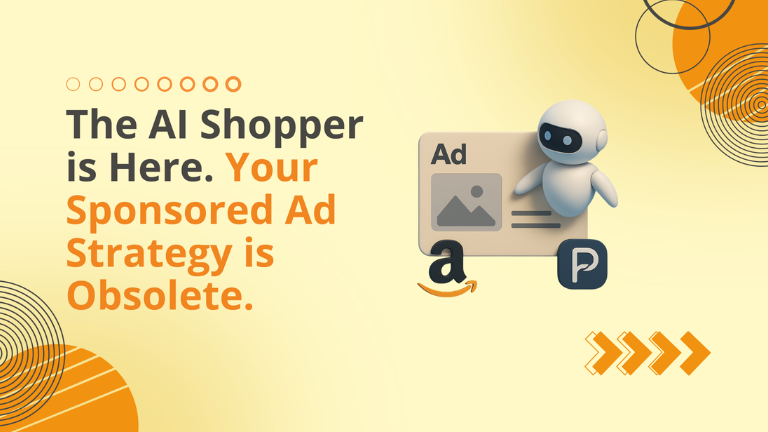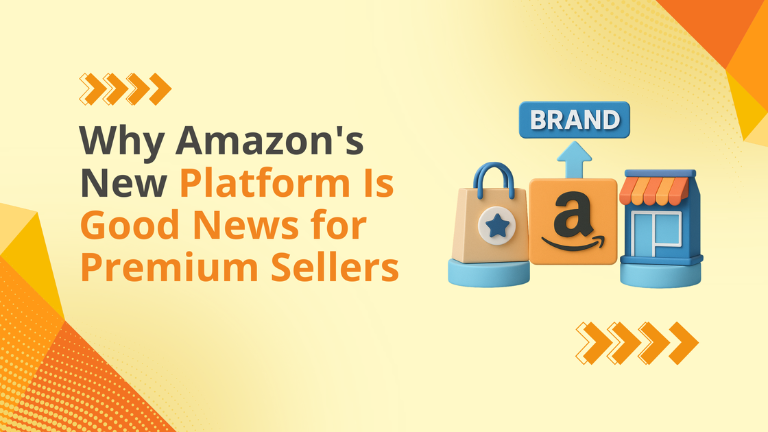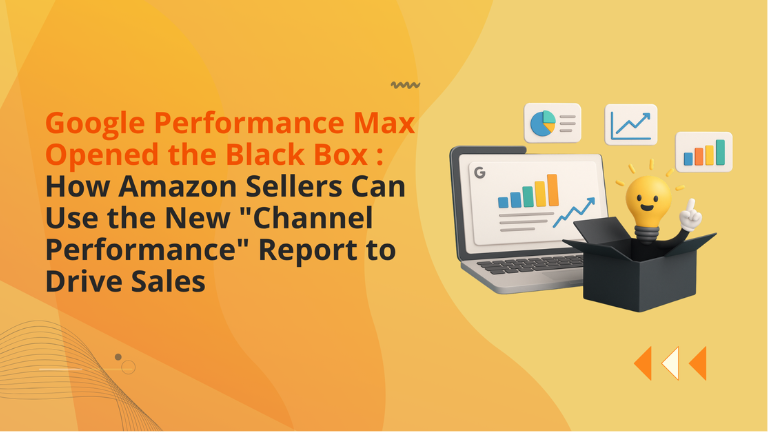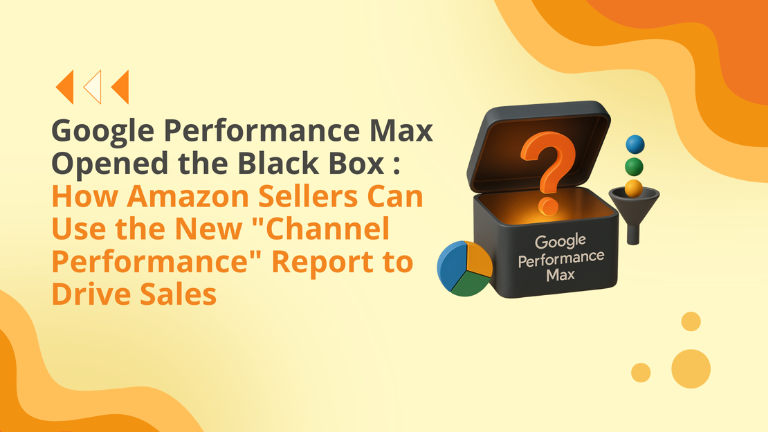The “Silver Bullet” for Broken Listings: How to Use Amazon’s New Seller Challenge Benefit
Every Amazon seller has been there: Your best-selling product is flagged for a “Policy Violation” (usually by a bot). You submit the correct invoice. You get a rejection email 20 minutes later. You submit again. Rejection. It’s the “Appeal Loop of Death.” Amazon has handed you a way to break that loop. It’s called the Seller Challenge Benefit. This isn’t just another “Contact Us” form. It is a high-priority dispute resolution path that guarantees a human review within 48 hours. But it comes with strict limits that require a completely new strategy. What Is the Seller Challenge? The Seller Challenge allows you to formally dispute a failed appeal on a listing-level enforcement. Speed: A dedicated team reviews the case and decides within 48 hours. Finality: This is designed to be the “final word.” If you lose the Challenge, you cannot challenge again for that issue. The “3 Strikes” Rule Here is the catch: You are limited to three (3) challenges every 180 days. This scarcity is intentional. Amazon recommends using this only for clear errors related to critical issues. If you burn your 3 slots on low-value items in January, and your #1 Best Seller gets flagged in March, you are out of luck. Who Is Eligible? (The AHA Gatekeeper) This benefit is not for everyone. It is exclusively for sellers enrolled in Account Health Assurance (AHA). To qualify, you must: Maintain an Account Health Rating (AHR) of 250+ for at least 6 months. Have a valid emergency contact number on file. Have no unaddressed policy violations. If your AHR drops to 240, you don’t just lose a badge—you lose your ability to fight back. The Strategic Playbook: When to Use a Challenge You must treat these 3 slots like “Silver Bullets.” Do not fire them at random targets. The “Hero ASIN” Rule Never use a Challenge on a SKU that contributes less than 5% of your revenue. The risk of losing a slot is too high. Save them for your “Whales”—the products that carry your business. The “False Positive” Rule Use a Challenge when the error is objectively obvious to a human but confusing to a bot. Example: A bot flags your “Pesticide Free” T-shirt as a “Pesticide Product.” Action: Use the Challenge. A human will see the error in 10 seconds and reinstate you. The “Perfect Proof” Rule Do not use a Challenge if your documentation is “gray.” If you have a retail receipt instead of a commercial invoice, or if your supplier address doesn’t match 100%, do not burn a slot. You will likely lose. Only Challenge when your evidence is bulletproof. Where Big Internet Ecommerce (BIE) Fits In We manage “Account Health as a Strategy.” AHR Defense: We monitor your metrics daily to ensure you never drop below the 250 threshold, preserving your Challenge eligibility. Challenge Triage: When an appeal fails, we audit the case. We tell you, “Don’t use a slot on this,” or “Yes, fire the silver bullet.” We manage the scarcity for you. The “Challenge Packet”: We prepare the legal-grade documentation needed for that 48-hour review, ensuring that when we do use a slot, it results in a win. You have 3 shots. Let’s make them count. Book a 20-min session with Big Internet Ecommerce today! Follow Big Internet Ecommerce (BIE) on Instagram & LinkedIn to stay updated with the latest trends in Amazon selling.


